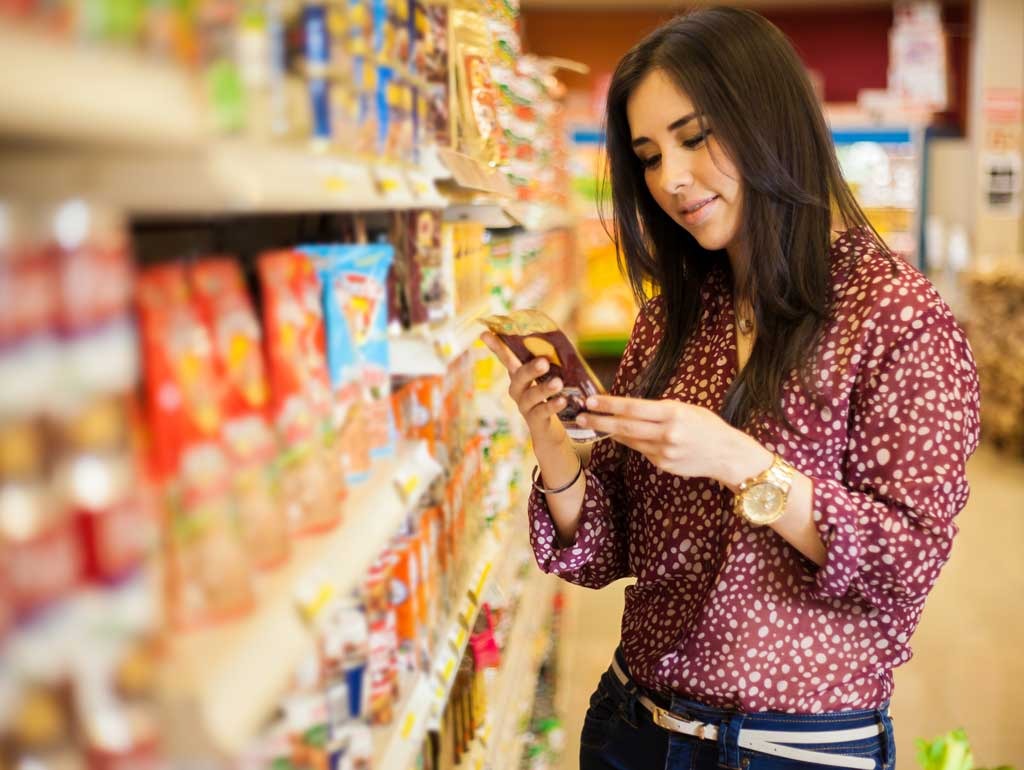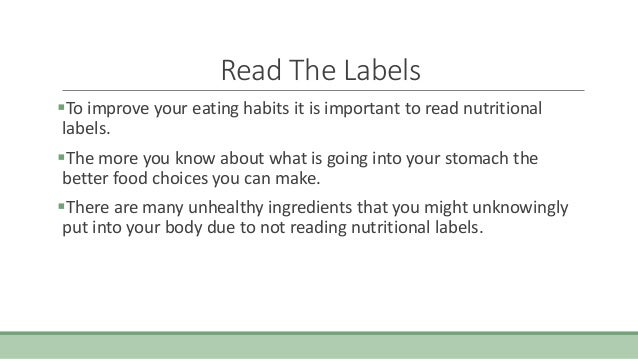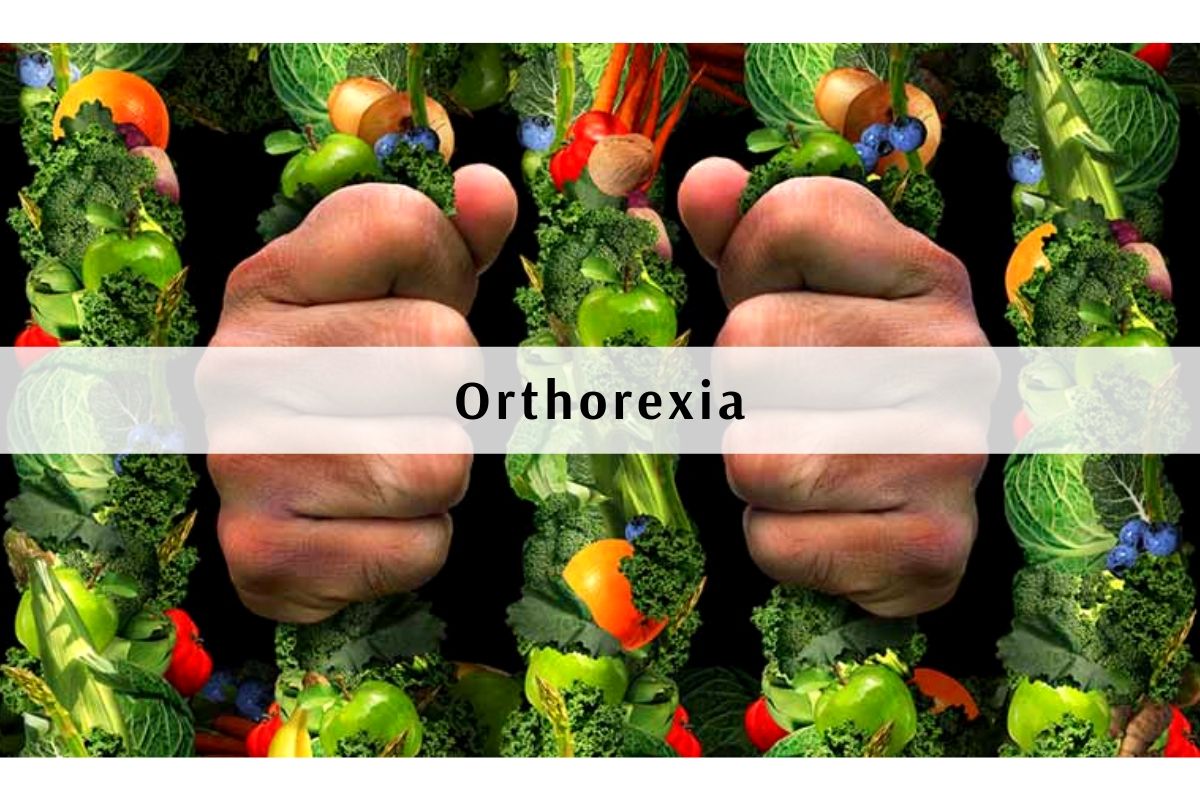41 how to read labels for healthy eating
How to read food labels - Safefood To make healthier choices, you need to be able to make sense of food labels. Understanding food labels can be tricky. It takes time and practice. Start at home by getting familiar with labels on the foods you eat regularly. Then when you are shopping, compare labels of similar products to find the healthiest option. Here are the things to look ... Learn How to Get the Most Information from Food Labels The added sugars amount seen on labels is helpful to know for reading food labels for healthy eating. Those wanting to eat healthy and/or lose weight will want to limit the amount of added sugar in the diet. Consuming sugar in excess increases the risk of obesity, heart disease, diabetes, and other chronic diseases. Startlingly, the American ...
How To Read Food Labels - The Diet Channel Each food label provides a percentage of vitamin A and C, calcium, and iron as compared to the daily value set for each vitamin and mineral. For example, the daily value for calcium is 1000 milligrams a day. If a product contains 20% of calcium in 1 serving, then by eating this product you will get 200 milligrams of calcium. Dietary recommendations

How to read labels for healthy eating
How to Properly Read & Understand Nutrition Labels | Studio SWEAT onDemand Check the ingredients list; if whole grains aren't in the first three ingredients, the amount is negligible. Fortified or enriched. This means that some nutrients have been added to the product. For example, vitamin D is often added to milk. Yet, just because something is fortified doesn't make it healthy. How to read nutrition labels : Evidence-based health information from ... A quick way to evaluate a food is the 20 / 5 rule. When you look at a package, if the fat, sodium or cholesterol are under 5%, that's good. If any are over 20% you should consider carefully. For total carbohydrates, dietary fiber, vitamins and minerals, a DV of 5% or lower is bad; a DV of 20% or higher is good. How to Use the Nutrition Fact Label, Eat Right, NHLBI, NIH When using the Nutrition Facts label as a guide, try these tips: Keep these low: saturated fats, trans fats, cholesterol, and sodium. Get enough of these: potassium, fiber, vitamins A and C, calcium, and iron. Use the Percent Daily Value (% DV) column when possible; 5% DV or less is low, 20% DV or more is high. Visit the Smart Food Shopping ...
How to read labels for healthy eating. Reading Food Labels - Food Smart Colorado Daily Value is the amount of a nutrient you should get each day. The % Daily Values tell you what percent of this daily amount is in one serving. 5% Daily Value or less means that a food is a low source of a nutrient. 20% Daily Value or more means that a food is a high source of a nutrient. Limit sodium, sugar, and saturated fat, but get enough ... How to read food labels | healthdirect In Australia, the law requires all manufactured foods to carry labels containing safety and nutrition information. This information helps you to make decisions about the food you buy and eat so you can follow a healthy diet. The label will tell you: the name of the product, describing accurately what it is. the brand name. How to Read Food Labels for a Heart-Healthy Diet In general if you take the total carbs and subtract the fiber, you get net carbs, a better indicator of what the body will absorb into the blood stream. The lower the net carbs, the better." Berries: "I usually choose blueberries, which are anti-inflammatory and not as high in sugar as bananas." Understanding Food Nutrition Labels | American Heart Association Learn what to look for on the label. 1 - Start with the serving information at the top. This will tell you the size of a single serving and the total number of servings per container (package). 2 - Next, check total calories per serving and container.
How To Read Food and Beverage Labels | National Institute on Aging At the top of the Nutrition Facts label, you will find the total number of servings in the container and the food or beverage's serving size. The serving size on the label is based on the amount of food that people may typically eat at one time and is not a recommendation of how much to eat. Read more about serving and portion sizes. How to Understand and Use the Nutrition Facts Label | FDA In the sample label, one serving of lasagna equals 1 cup. If you ate two cups, you would be consuming two servings. That is two times the calories and nutrients shown in the sample label, so you... PDF A Guide to Reading Food Labels - University of Rochester Make healthy choices easier by understanding the sections of the Nutrition Facts label. 1. Serving Size. The serving size is a measured amount of food. In the sample label, the serving size is one cup, and there are two servings per container. If you ate the whole container, you would eat two cups, which doubles the calories and other nutrient ... How to read nutrition labels | safefood Some labels use colour coding to show at a glance if a food is high, medium or low in fat, saturated fat, sugar and salt. Low (green) - the best choice. Medium (amber) - okay most of the time. High (red) - only choose occasionally. If the label isn't colour coded, use our label decoder as a guide.
Food labels - NHS Some front-of-pack nutrition labels use red, amber and green colour coding. Colour-coded nutritional information tells you at a glance if the food has high, medium or low amounts of fat, saturated fat, sugars and salt: red means high amber means medium green means low In short, the more green on the label, the healthier the choice. How to read food labels: MedlinePlus Medical Encyclopedia Dietary fiber is listed just below total carbs. Buy foods with at least 3 to 4 grams of fiber per serving. Whole-grain breads, fruits and vegetables, and beans and legumes are high in fiber. Check the total fat in 1 serving. Pay special attention to the amount of saturated fat in 1 serving. Choose foods that are low in saturated fat. How to read food labels - Heart Foundation NZ Health Stars are a front of pack labelling system designed to identify healthier choices within broad food categories - the more stars the better! It is designed to be used on most packaged foods. The star rating is calculated using an algorithm that takes into consideration a number of positive and negative nutrients for a particular food. How to Read Food Labels Without Being Tricked - Healthline A good rule of thumb is to scan the first three ingredients, as they make up the largest part of what you're eating. If the first ingredients include refined grains, a type of sugar, or...
How to Read Food Labels : Food Network | Food Network The percent of the Daily Value that is listed on the upper portion of the food label is yet another way to gauge how much saturated fat and cholesterol are in the foods that you buy and eat. If a ...
How To Read Food Labels - 10 Tips | Pritikin Program For Eating Right Try to avoid foods with added, refined caloric sweeteners in the first three to five ingredients. Because ingredients are listed in descending order of weight, the lower down the label you find added sugars, the better. 10. Make sure that any grain is WHOLE grain, such as whole-wheat flour.
How to Read Labels for Healthy Eating - The Healthy Giraffe Read the ingredients on the product label required by the FDA and the FDA states, "The ingredients are listed in order of predominance, with the ingredients used in the greatest amount first, followed in descending order by those in smaller amounts."
How to understand food labels | Eat For Health The Nutrition Information Panel on a food label offers the simplest and easiest way to choose foods with less saturated fat, salt (sodium), added sugars and kilojoules, and more fibre. It can also be used to decide how large one serve of a food group choice or discretionary food would be and whether it's worth the kilojoules.
How To Read Food Labels for Healthy & Clean Eating Keep an eye out for "sodium" on nutritional labels and where salt falls on the ingredient list. GMO Suspects Soy and corn are two ingredients most likely to be genetically modified. They show up in many different ways: corn syrup, cornstarch, etc. Try and avoid these ingredients if you don't see them labeled as organic or non-GMO.
How to Read Nutrition Labels and Eat Healthy - Scripps Health New food labels must include: Calories, calorie count, number of servings and serving size in larger, bolder type Serving size updates Listing of vitamin D and potassium Listing of added sugars Listing of saturated and trans fats Easier-to-understand footnote explaining Percent Daily Value (DV) Original vs. New Nutriton Facts label
How to Read Food Labels | mySugr Eating the right foods helps you stay healthy and manage your blood sugar. Reading food labels gives you a better understanding of what's in your food — making it easier to make healthy choices. If you're not paying attention to food labels, you're not getting all the details on your food. Such as the total carbs, sugar, calories, fat ...
Label reading 101 - Healthy Food Guide The 'per serve' column is handy for estimating how much you should eat. You can quickly see how much fat, fibre, sodium or kilojoules (calories) you're getting from one serve. This may influence how much - or how little - of a serve you want to eat. The 'per 100g' column - which is next to the 'per serve' column - is the most important column.
PDF how to understand food labels - Eat For Health You can also use the label to help you lose weight by limiting foods that are high in energy per serve. 100g Column and Serving Size If comparing nutrients in similar food products use the per 100g column. If calculating how much of a nutrient, or how many kilojoules you will actually eat, use the per serve column.
How to Use the Nutrition Fact Label, Eat Right, NHLBI, NIH When using the Nutrition Facts label as a guide, try these tips: Keep these low: saturated fats, trans fats, cholesterol, and sodium. Get enough of these: potassium, fiber, vitamins A and C, calcium, and iron. Use the Percent Daily Value (% DV) column when possible; 5% DV or less is low, 20% DV or more is high. Visit the Smart Food Shopping ...
How to read nutrition labels : Evidence-based health information from ... A quick way to evaluate a food is the 20 / 5 rule. When you look at a package, if the fat, sodium or cholesterol are under 5%, that's good. If any are over 20% you should consider carefully. For total carbohydrates, dietary fiber, vitamins and minerals, a DV of 5% or lower is bad; a DV of 20% or higher is good.
How to Properly Read & Understand Nutrition Labels | Studio SWEAT onDemand Check the ingredients list; if whole grains aren't in the first three ingredients, the amount is negligible. Fortified or enriched. This means that some nutrients have been added to the product. For example, vitamin D is often added to milk. Yet, just because something is fortified doesn't make it healthy.











Post a Comment for "41 how to read labels for healthy eating"